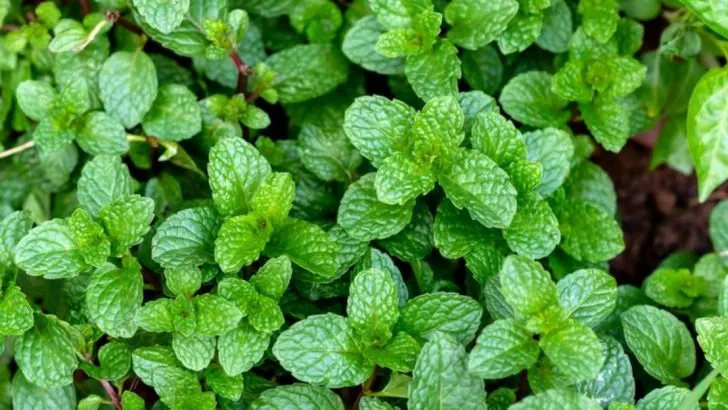Wasps can be a major nuisance in the garden, especially during the warmer months when you’re trying to enjoy your outdoor space. Instead of turning to harmful chemicals, there are many natural ways to keep these buzzing intruders at bay while maintaining a safe and eco-friendly environment in your garden.
In this article, we share 12 proven ways to keep wasps out of your garden naturally. From planting repellent herbs to creating safe deterring traps, these strategies will help you enjoy your garden without the worry of wasp stings.
Discover how to protect your space with easy-to-implement methods that don’t harm the environment or other pollinators!
Plant Peppermint
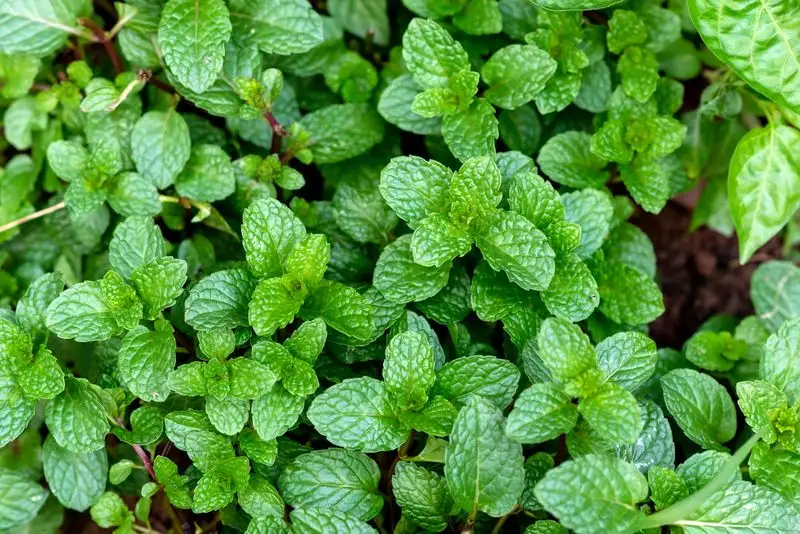
Peppermint isn’t just for refreshing teas; its intense aroma is a natural wasp deterrent. Wasps dislike the strong scent that peppermint emits, making it a perfect plant for your garden’s borders or pathways. Not only does it keep wasps away, but it also adds a delightful fragrance to your garden. Consider planting it near entryways to your home or beside seating areas for maximum effect. Additionally, peppermint is a hardy plant, requiring minimal care while providing multiple uses. From soothing teas to flavorful dishes, its versatility is matched by its pest-repelling prowess.
Use Clove Oil
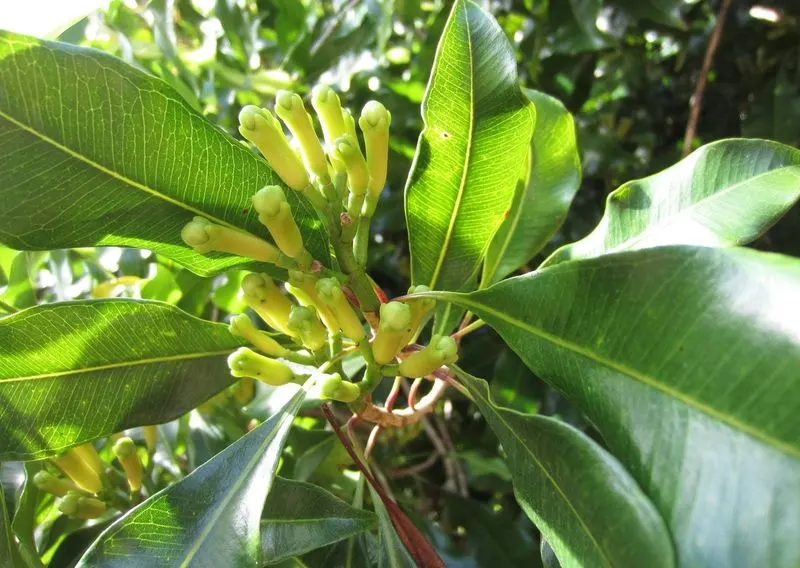
Clove oil offers a fragrant yet effective way to repel wasps from your garden. The oil’s aromatic compounds irritate wasps, driving them away naturally. Dab a few drops on cotton balls and strategically place them around your garden’s perimeter. This simple method not only deters wasps but also adds a warm, spicy scent to your garden ambiance. Clove oil is easy to apply and can be refreshed weekly for continuous protection. It’s a natural, chemical-free solution that blends seamlessly with your garden’s aesthetic while keeping wasps at bay.
Hang Decoy Nests
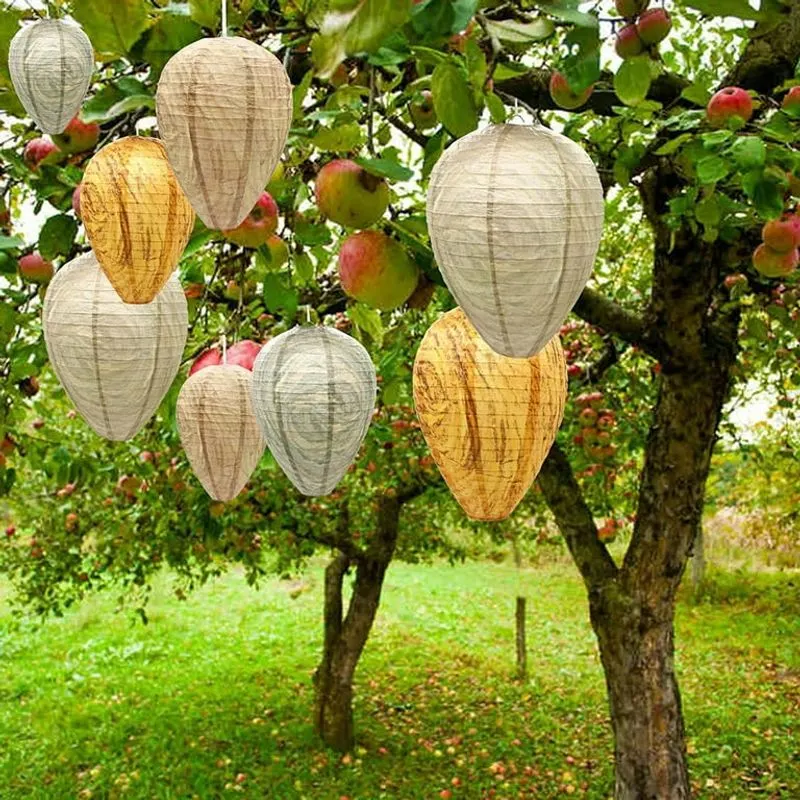
Creating the illusion of a preoccupied territory, decoy wasp nests effectively discourage new wasps from settling. Wasps are territorial by nature and will avoid areas already claimed by others. Hang these decoys in visible spots around your garden. They are easy to install and require no maintenance, offering a hassle-free solution. Made from environmentally-friendly materials, decoy nests blend into garden aesthetics. Their presence is a silent yet strong message to wasps: ‘No vacancy here!’ This approach leverages wasps’ natural instincts to maintain a peaceful garden environment.
Grow Lemongrass
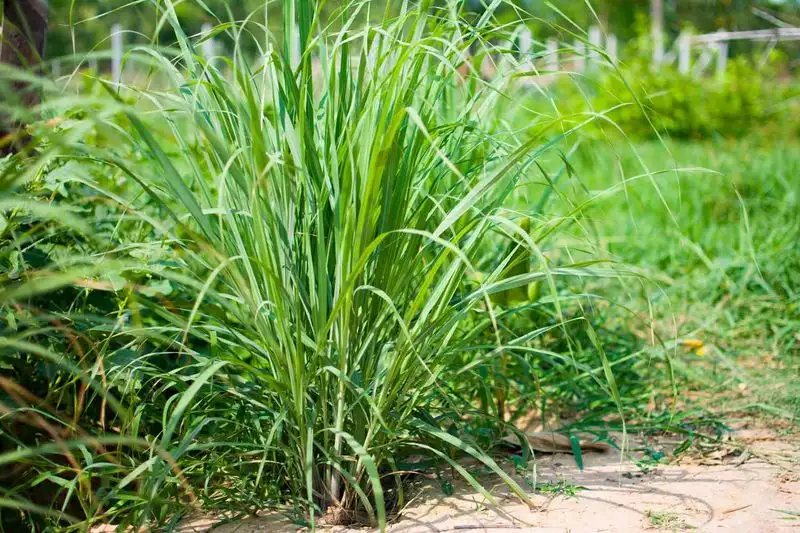
Lemongrass, with its citrusy scent, is a natural repellent for wasps. Its fragrance is pleasant to humans but too overpowering for these buzzing invaders. Plant lemongrass in pots or directly in the soil near your garden’s edges. This herb also serves culinary purposes, adding zest to recipes while offering pest control. Lemongrass is a sun-loving plant, thriving in warm climates and requiring minimal water once established. Its dual function as a cooking ingredient and a garden protector makes lemongrass an invaluable addition to any outdoor space.
Install Birdhouses
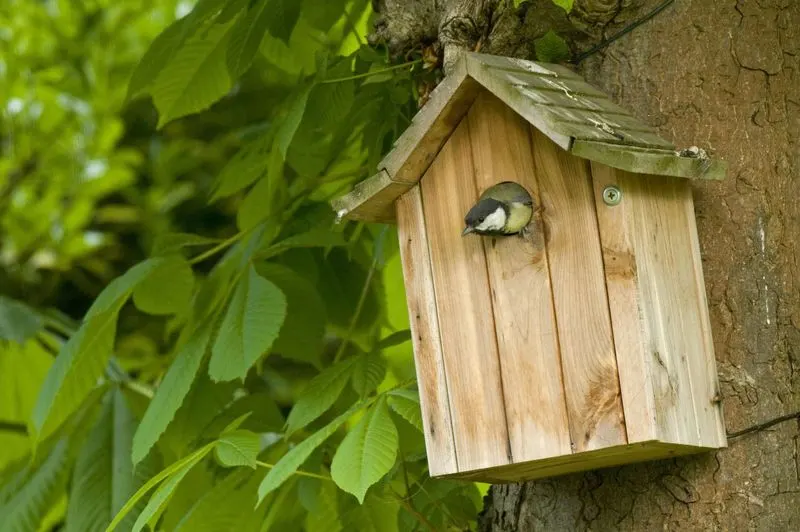
Birdhouses invite feathered friends, who are natural predators of wasps, into your garden. Birds, such as sparrows and chickadees, feast on wasps and their larvae, reducing their numbers effectively. Position birdhouses strategically to encourage avian visitors. The charming presence of birds adds life to your garden while offering natural pest control. Birdhouses are not only functional but also enhance the visual appeal of your outdoor space. By attracting birds, you create a balanced ecosystem, where nature itself helps maintain harmony and deter unwanted wasp intrusions.
Set Up Sugar Traps
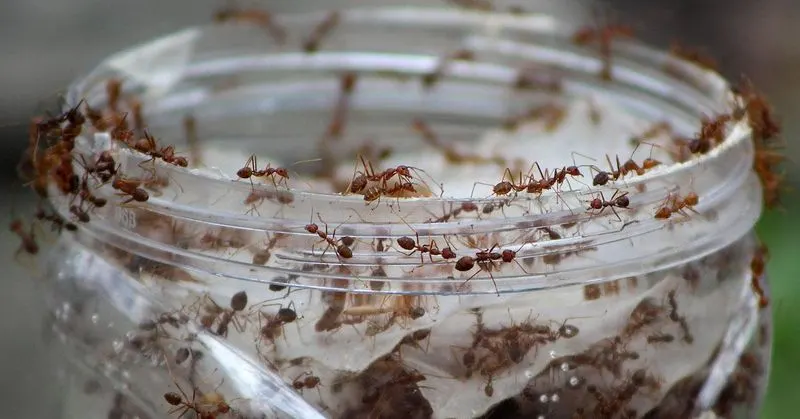
Wasps are drawn to sugary scents, making sugar traps an effective lure. Create a simple trap using a plastic bottle, cutting it in half and inverting the top into the base. Fill it with sugar water to entice wasps inside. Once inside, they find it challenging to escape, effectively reducing their presence. Place these traps away from areas where you spend time, to keep the wasps at a distance. Sugar traps are an easy and cost-effective solution, harnessing wasps’ natural inclinations against them while ensuring your garden remains a wasp-free zone.
Scatter Cucumber Peels
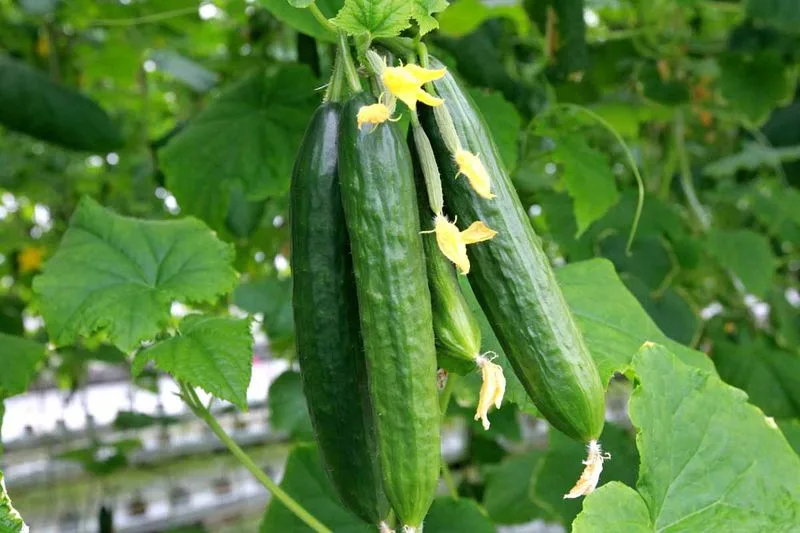
Cucumber peels release compounds that are unappealing to wasps, serving as a natural deterrent. Scatter fresh peels around plants or garden borders to create an unwelcoming environment for these insects. As an added benefit, cucumber peels enrich the soil as they decompose, providing essential nutrients. This dual-purpose approach not only keeps wasps away but also supports your garden’s health. Regularly replenishing the peels ensures continuous protection. It’s an eco-friendly method that transforms kitchen waste into a valuable garden ally, promoting both pest control and sustainability.
Grow Eucalyptus
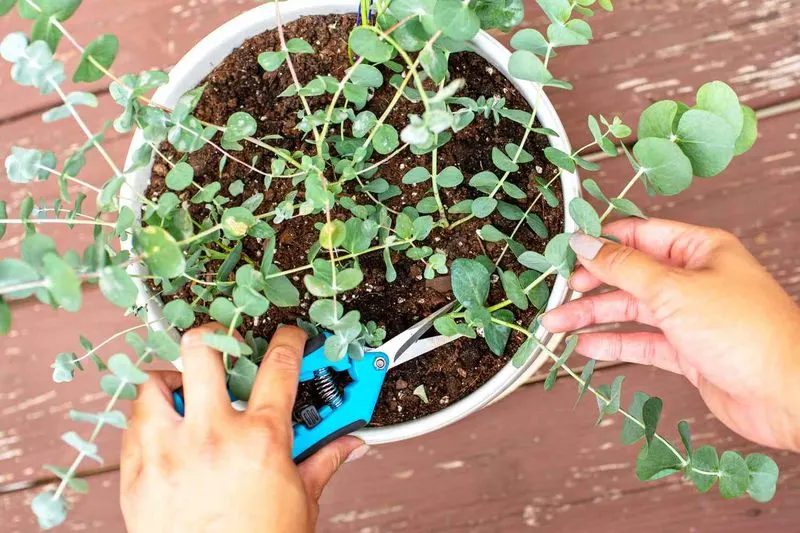
Wasps find the scent of eucalyptus overwhelming, making it an effective natural repellent. Plant eucalyptus in pots or garden beds to create a fragrant barrier. Its silvery leaves add a visual contrast to your garden, enhancing its aesthetic while serving a practical purpose. Eucalyptus is a hardy plant, thriving with minimal care in various climates. Besides repelling wasps, it offers aromatic benefits and can be used in homemade remedies. By incorporating eucalyptus into your garden, you cultivate an environment that is both beautiful and inhospitable to wasps.
Use Vinegar Spray
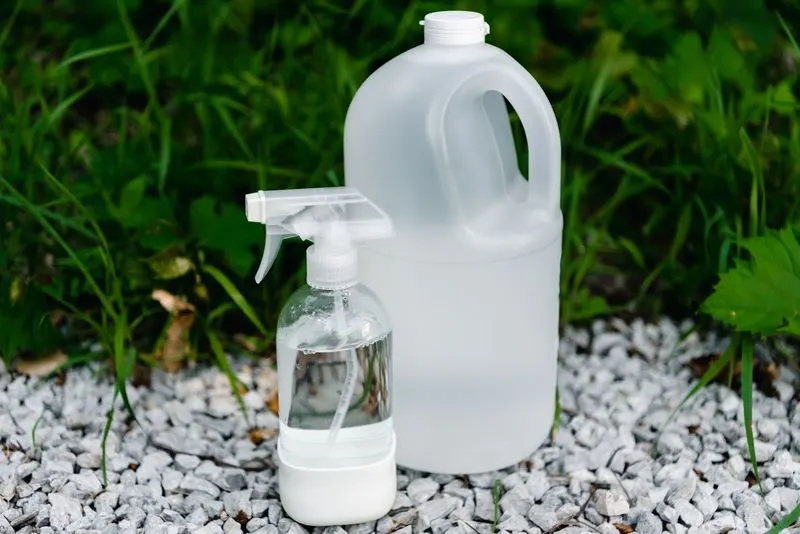
Vinegar, a household staple, doubles as a safe wasp deterrent. Its pungent aroma disrupts wasps’ senses, encouraging them to relocate. Mix vinegar with water in a spray bottle and mist areas frequented by wasps. This natural solution is easy to prepare and apply, offering a non-toxic alternative to chemical repellents. Regular application maintains its effectiveness, creating a wasp-free zone. Vinegar spray is versatile and can be used around plants without harm. It’s a simple, cost-effective measure that protects your garden from unwanted wasp visits.
Cultivate Marigolds
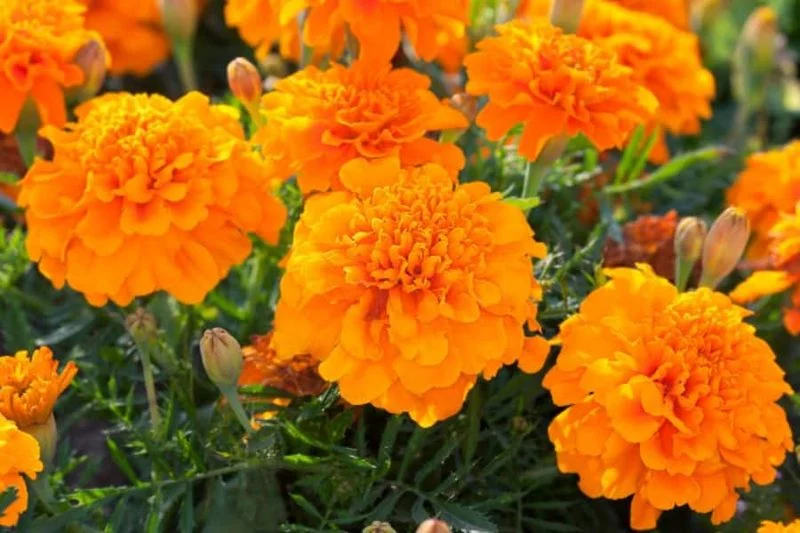
Marigolds are not just colorful additions; their scent acts as a natural wasp repellent. Plant these vibrant flowers around your garden to create a protective border. Marigolds are easy to grow and care for, making them ideal for gardeners of all skill levels. Their bold hues attract beneficial insects like bees while deterring wasps. This dual-action feature enhances your garden’s ecosystem, promoting pollination while keeping pests at bay. With marigolds, you enjoy a lively and insect-balanced environment, where beauty meets functionality.
Use Soap and Water
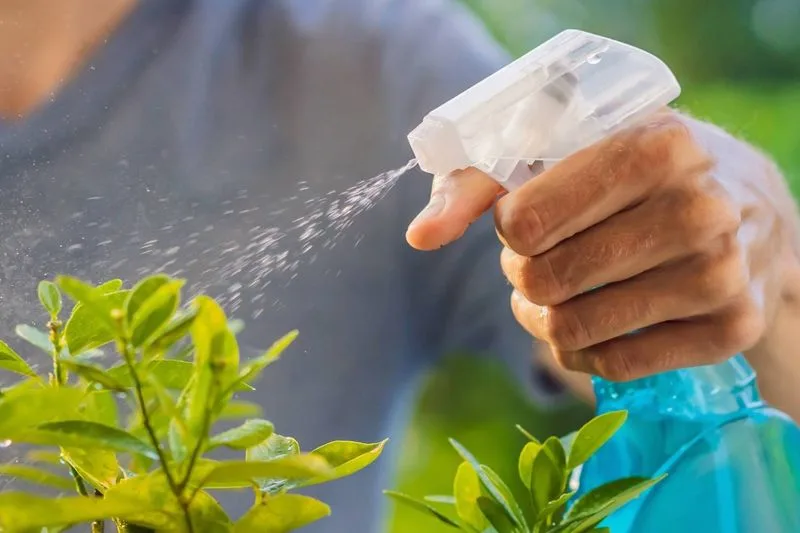
A simple mix of dish soap and water can effectively repel wasps. The soap disrupts their digestive system, while the water drowns them, making it a potent yet gentle solution. Fill a spray bottle with the mixture and target wasp nests or areas of activity. This method is safe to use around plants and pets, offering a chemical-free alternative to pest control. Regular application ensures continued protection, maintaining your garden’s tranquility. It’s a straightforward approach that leverages everyday household items to create a wasp-free environment.
Set Up a Fan

Wasps are weak flyers, and a gentle breeze can deter them from certain areas. Setting up a fan in your garden creates a constant airflow that wasps struggle to navigate. This simple mechanical solution requires no chemicals or maintenance, offering a refreshing breeze along with pest control. Position fans near seating areas to enjoy a wasp-free zone while relaxing outdoors. The dual benefit of comfort and protection makes fans an ideal addition to your outdoor setup, catering to human and plant needs alike.

